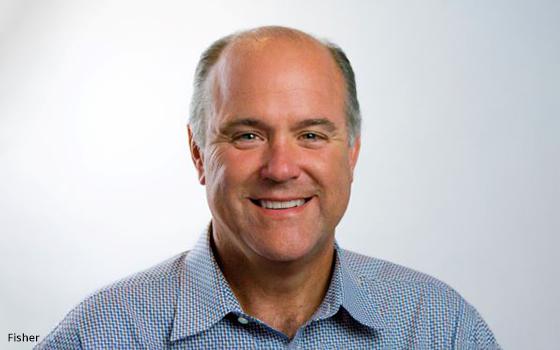
Only 45.29% of U.S. consumers are comfortable
sharing their email address with a brand — that means almost 55% are not. Are those shopper worried about privacy, or are they simply reluctant to receive mass emails?
A recent survey by 3radical found that only 18% of consumers have received customized recommendations, and 65% have gotten “actively irrelevant” offers.
Still, 54%
will share some personal details in return for personalized offers, and 51% for beneficial suggestions.
For emailers, “today’s personalization stems well beyond first name
and past purchase recognition,” says Michael D. Fisher, Chief Executive Officer of 3radical. “Today’s consumer expects more
depth.”
advertisement
advertisement
Fisher says: “Inactive email audience members tell us they like email as a communications channel -- they just don’t like the
one-size-fits-all dialog. “50% off site wide just for you Elizabeth” isn’t personalization.”
What does constitute good personalization is
“Elizabeth, as a lover of fine art and oil paintings, enjoy 50% off any of our custom framing services,” Fisher explains. “Having a picture of the last customer framing purchase will
even further the experiential side of personalization.”
Fisher adds that “personalization has to align around interest, motivation and intent. Moving
beyond first name and last purchase, personalization now has the opportunity to acknowledge why a consumer buys and shops with a company.”
He advises brands to
“take the time to personalize around what matters to your customer. Move on from the '50% off site wide' messaging. Consumers are fatigued with the 'can’t miss' general sale and call to
action. Make the sale personalized by tailoring your site experiences to meet the personalization needs of the consumer.”
Those consumers who will share their email address or other
details like phone number and address expect value in return. So do the 68.24% who will provide their age and gender.
As reported on Monday, 3radical surveyed
more than 900 consumers, roughly 300 each in the U.S., U.K. and Singapore, in January 2022.